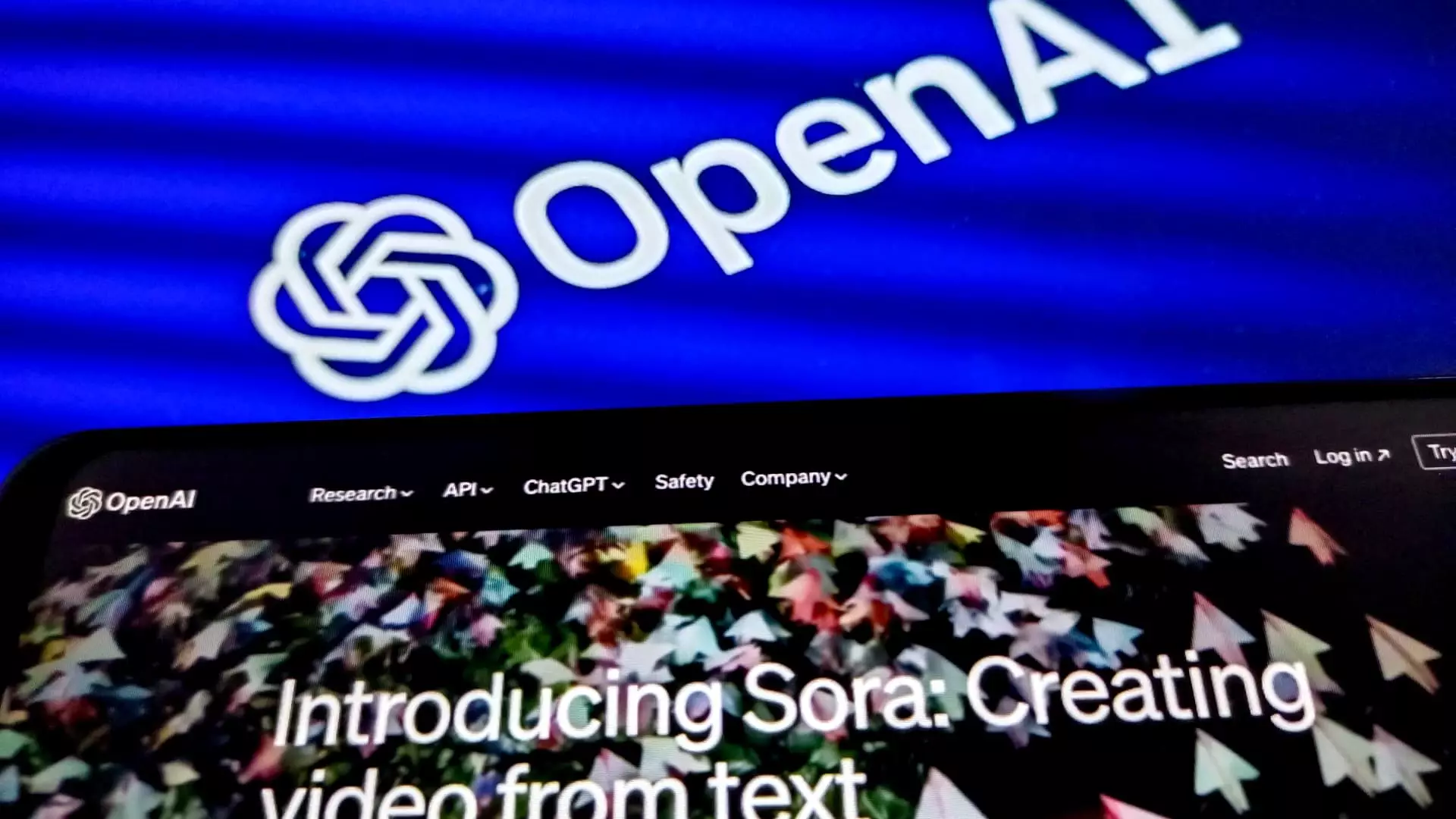In a dynamic landscape dominated by rapid advancements in artificial intelligence, OpenAI stands out as one of the most regarded names in the industry. However, recent executive departures have sparked concerns among investors regarding its stability and future prospects. The resignation of Chief Technology Officer Mira Murati, coupled with the exit of two prominent research leaders, Bob McGrew and Barret Zoph, poses challenges for the organization. Yet, OpenAI’s Chief Financial Officer, Sarah Friar, has stepped forward to assure stakeholders that the company remains equipped to withstand these upheavals.
Friar’s communication to the investors explicitly acknowledged these leadership adjustments and emphasized the continuity of the company’s vision. She articulated that while such changes can be disconcerting, they also open up opportunities for growth and reinvention. Such aspirations are crucial for fostering investor confidence and maintaining OpenAI’s competitive edge in the rapidly evolving AI sector.
In light of the recent shake-ups, Friar’s email brought optimism to investors, focusing on a promising funding round anticipated to raise $6.5 billion. This funding, led by Thrive Capital, is vital for OpenAI as it aims to reinforce its financial foundation while enhancing research and product initiatives. Valued close to $150 billion post-funding, this investment will play a crucial role in solidifying the company’s position within the AI ecosystem.
Moreover, Friar underscored the strong demand for investment in the funding round, describing it as oversubscribed. This level of interest from investors signifies a sustained confidence in OpenAI’s potential despite the recent talent exodus. The planned series of calls with investors to introduce key product and research leaders reflects OpenAI’s commitment to transparency, community engagement, and innovation.
As the company grapples with the departure of veteran executives, it has also made strategic appointments to ensure a seamless transition. Mark Chen stepping into the role of senior vice president of research demonstrates OpenAI’s focus on fostering a skilled leadership team ready to tackle upcoming challenges. Alongside him are other seasoned professionals, like Kevin Weil and Srinivas Narayanan, who are expected to drive technological advancements going forward.
The swift shift in leadership, however, raises questions about the long-term implications for OpenAI’s culture and operational mechanics. Organizational stability is often tied to a strong leadership presence, and while the company insists that it has a “talented leadership bench,” navigating through these leadership transitions without a hitch will require robust strategic planning.
The departures of key figures like Murati not only stir immediate concerns about operational continuity but also call into question the underlying company culture and talent retention strategies. Murati’s six-and-a-half-year tenure was marked by significant milestones, including her role as interim CEO. Her exit leaves a void that is not easily replaceable given her unique contributions and deep institutional knowledge.
Simultaneously, the loss of other foundational leaders, including co-founder John Schulman and safety expert Jan Leike, heightens the stakes for OpenAI. With competitors like Anthropic aggressively pursuing top talent, OpenAI must refine its talent acquisition and preservation strategies to ensure that it attracts and retains the best in the field to fuel its growth trajectory.
As OpenAI navigates through these leadership changes, it faces the dual challenge of maintaining investor confidence while fostering internal cohesion. The forthcoming funding round, anticipated to enhance financial stability, is a critical juncture for the company. Nonetheless, securing investor trust will necessitate transparent communication, strong leadership, and a clear vision.
Moving forward, OpenAI must leverage its innovative spirit and committed workforce to continue its mission of democratizing AI. In doing so, it could effectively position itself as a resilient leader within the competitive AI arena, reaffirming its core principles while adapting to the evolving demands of the industry. As the organization steps into this new chapter, stakeholders will keenly observe how it balances these transformative changes with strategic growth and advancement.

